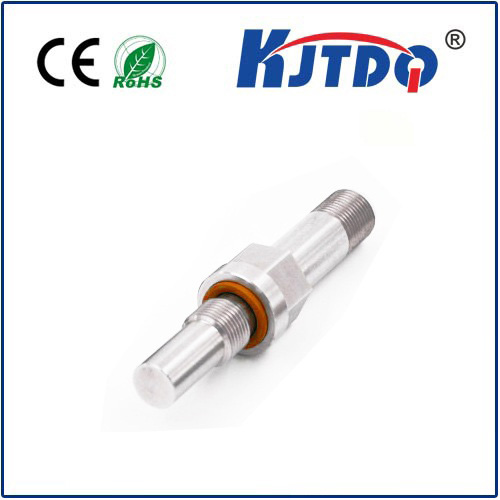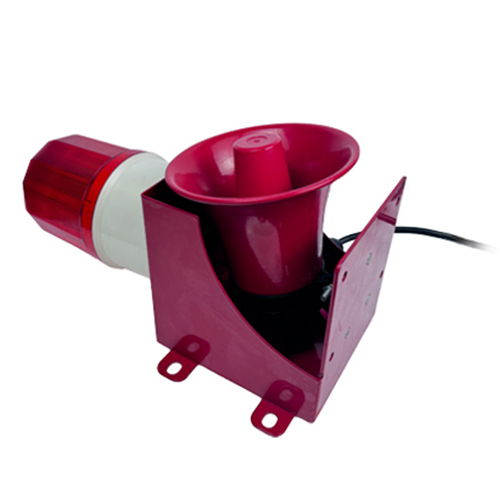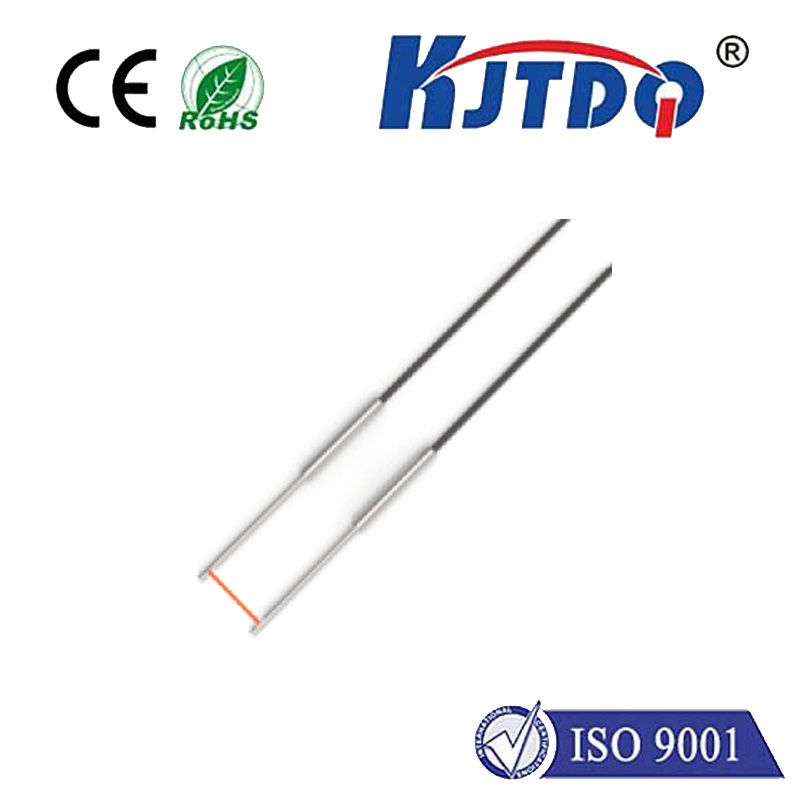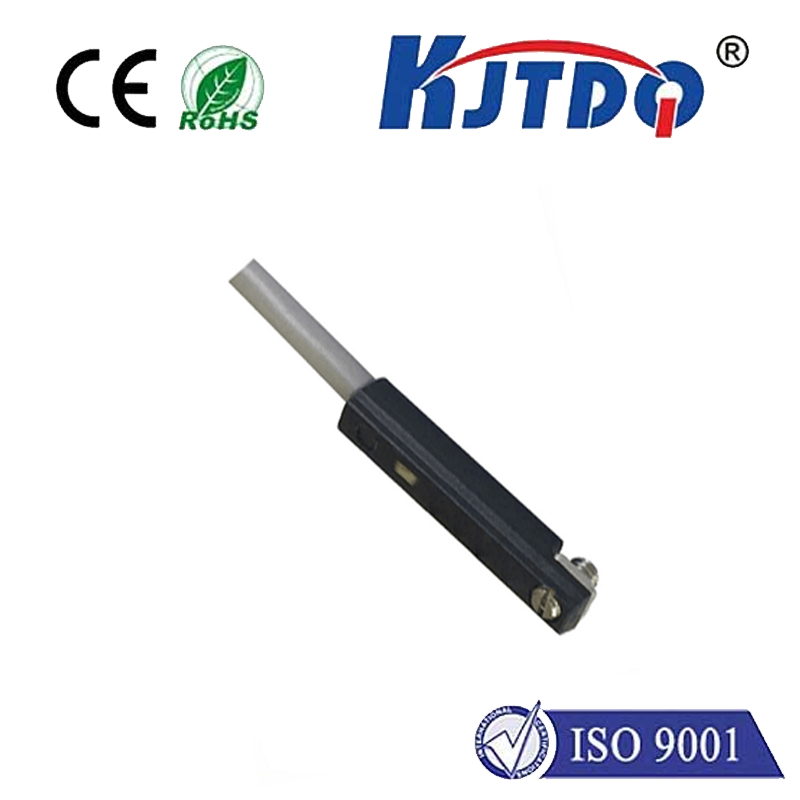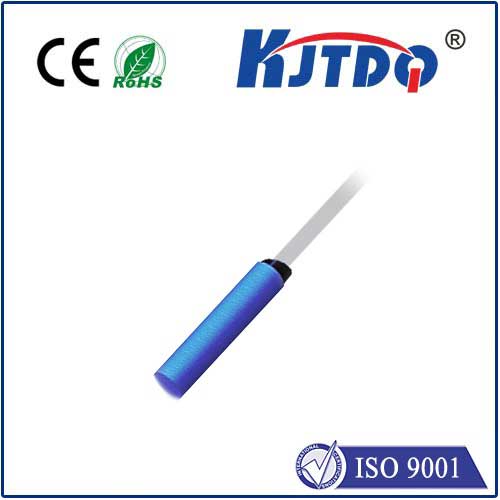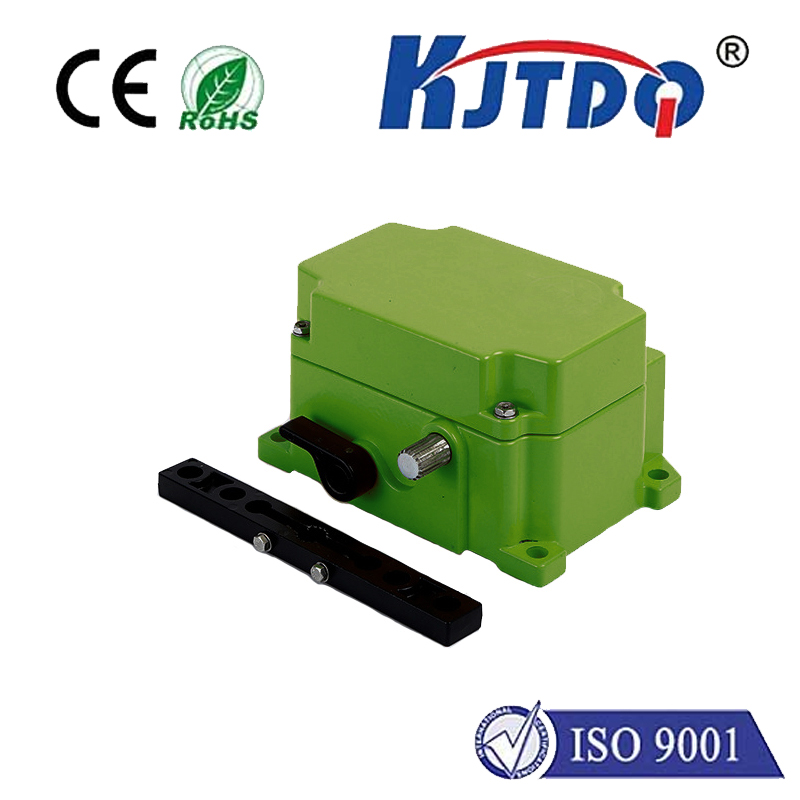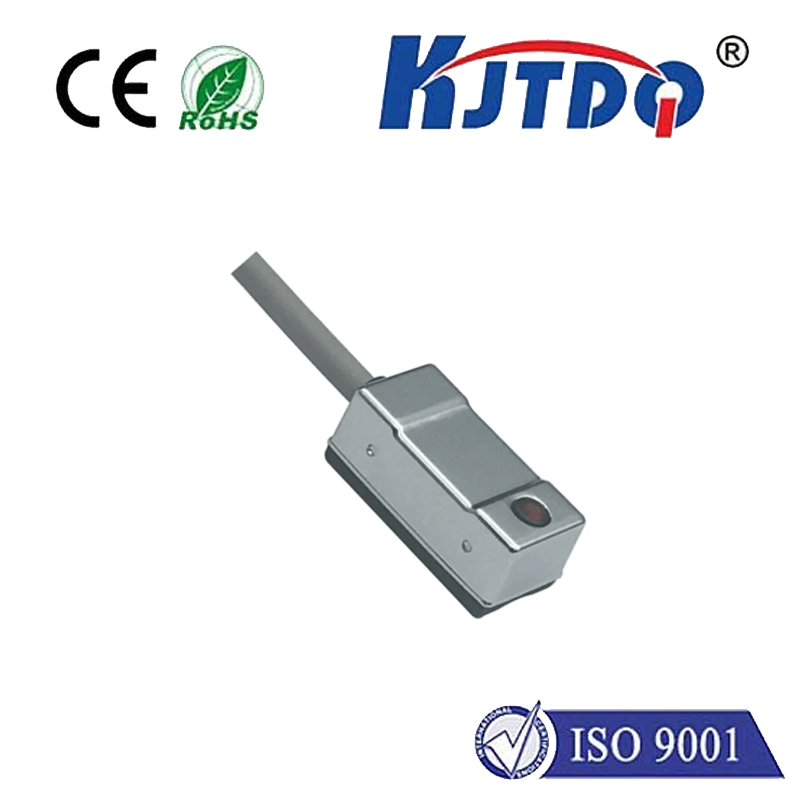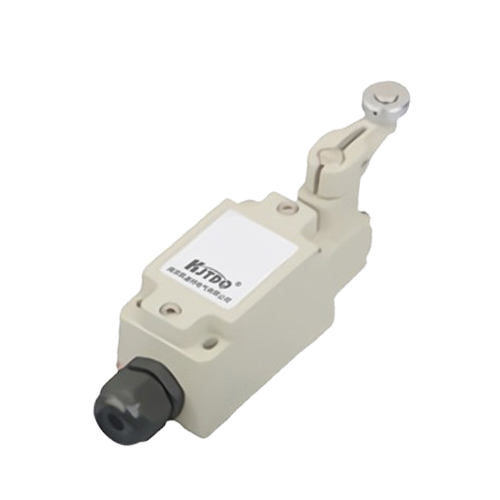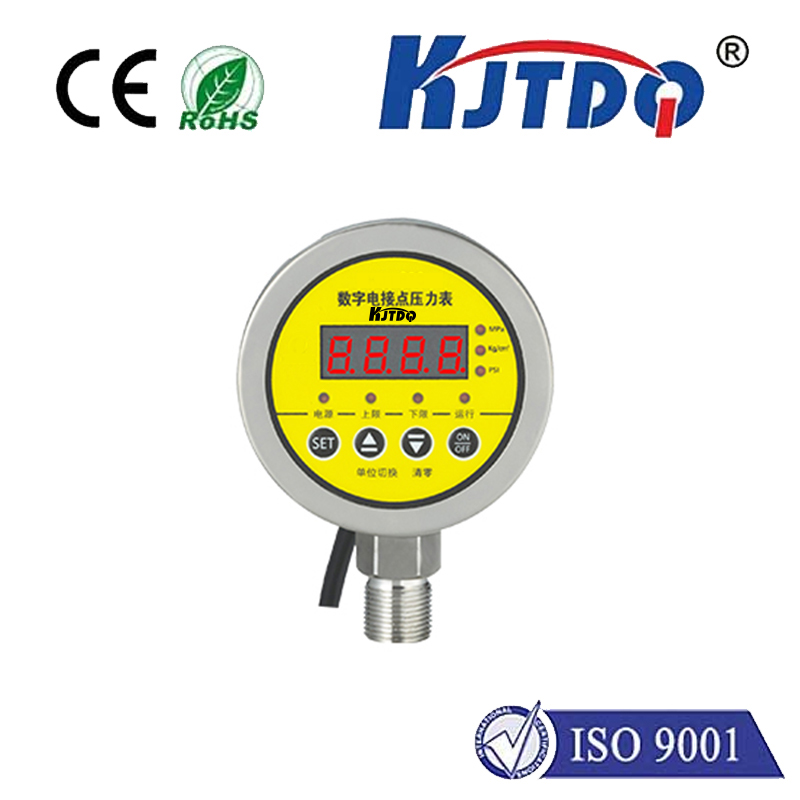

check

check

check

check

check

check

check

check

check

check
Title: Unlocking the Power of Proximity Laser Technology
Introduction:
In recent years, advancements in technology have led to the development of various cutting-edge devices that have transformed various industries. One such innovation is proximity laser technology, which has revolutionized the way we interact with electronic devices and has the potential to reshape many other sectors. In this article, we will explore the concept of proximity laser technology and how it works, its applications, and the benefits it offers.
Section 1: Understanding Proximity Laser Technology

Proximity lasers are a type of laser that operates at extremely close quarters, within a few millimeters. This enables them to interact directly with electronic components without the need for external connections or intermediaries. These lasers can be used to perform a range of functions, including sensing, imaging, and data transfer.
Section 2: How Proximity Lasers Work
Proximity lasers work by using a process called optical coupling, where light waves from the laser are absorbed by an adjacent material, causing a change in its properties. This change in properties can then be used to trigger specific functions within electronic devices. For example, when a proximity laser is focused on an electrical circuit board, it can detect the presence of metal conductors and initiate data transfer between the board and a microprocessor.
Section 3: Applications of Proximity Laser Technology
The applications of proximity laser technology are numerous and diverse. In the automotive industry, these lasers can be used for vehicle maintenance, such as monitoring tire pressure and detecting malfunctioning parts. In healthcare, proximity lasers can be used for non-invasive diagnostic tests and surgical procedures. In manufacturing, they can be used for quality control and inspection purposes. Additionally, proximity lasers have the potential to transform the way we interact with electronic devices, making them more accessible and user-friendly.
Section 4: Advantages of Proximity Laser Technology
One of the primary advantages of proximity laser technology is its ability to perform tasks without requiring physical contact with the device being operated on. This eliminates the need for complex wiring or other intermediaries, making devices more compact and easier to install. Furthermore, proximity lasers offer high precision and accuracy, allowing for precise control over various functions within electronic devices. Additionally, these devices are highly energy-efficient, reducing power consumption and prolonging battery life.
Conclusion:
Overall, proximity laser technology presents a significant opportunity for innovation and transformation across multiple industries. As research continues in this field, it is likely that we will see even more advanced applications emerge, further enhancing our ability to interact with and control electronic devices in unprecedented ways.
